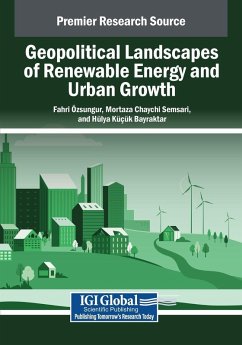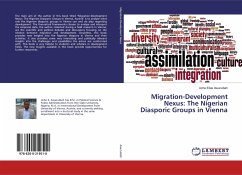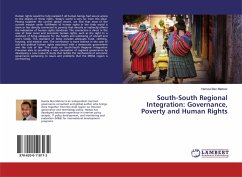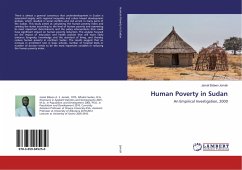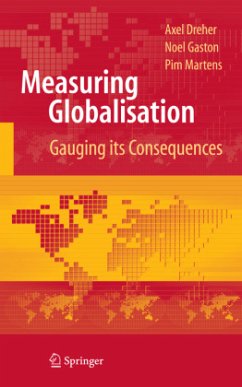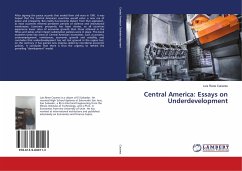
Central America: Essays on Underdevelopment
Versandkostenfrei!
Versandfertig in 6-10 Tagen
46,99 €
inkl. MwSt.

PAYBACK Punkte
23 °P sammeln!
After signing the peace accords that ended their civil wars in 1991, it was hoped that the Central American countries would enter a new era of peace and prosperity. But reality has become distant from that aspiration, as most countries entered persistent periods of violence and institutional weaknesses. Economic prosperity has been elusive, as all countries experience lower rates of economic growth than those attained in the fifties and sixties when import substitution policies were in place. This book examines some key areas of Central American economies, such as poverty, underemployment, rem...
After signing the peace accords that ended their civil wars in 1991, it was hoped that the Central American countries would enter a new era of peace and prosperity. But reality has become distant from that aspiration, as most countries entered persistent periods of violence and institutional weaknesses. Economic prosperity has been elusive, as all countries experience lower rates of economic growth than those attained in the fifties and sixties when import substitution policies were in place. This book examines some key areas of Central American economies, such as poverty, underemployment, remittances, economic growth and volatility, and concludes that underdevelopment has not lost ground in the region but, on the contrary, it has gained new impetus aided by neo-liberal economic policies. It concludes that there is thus the urgency to rethink the prevailing "development" model.




